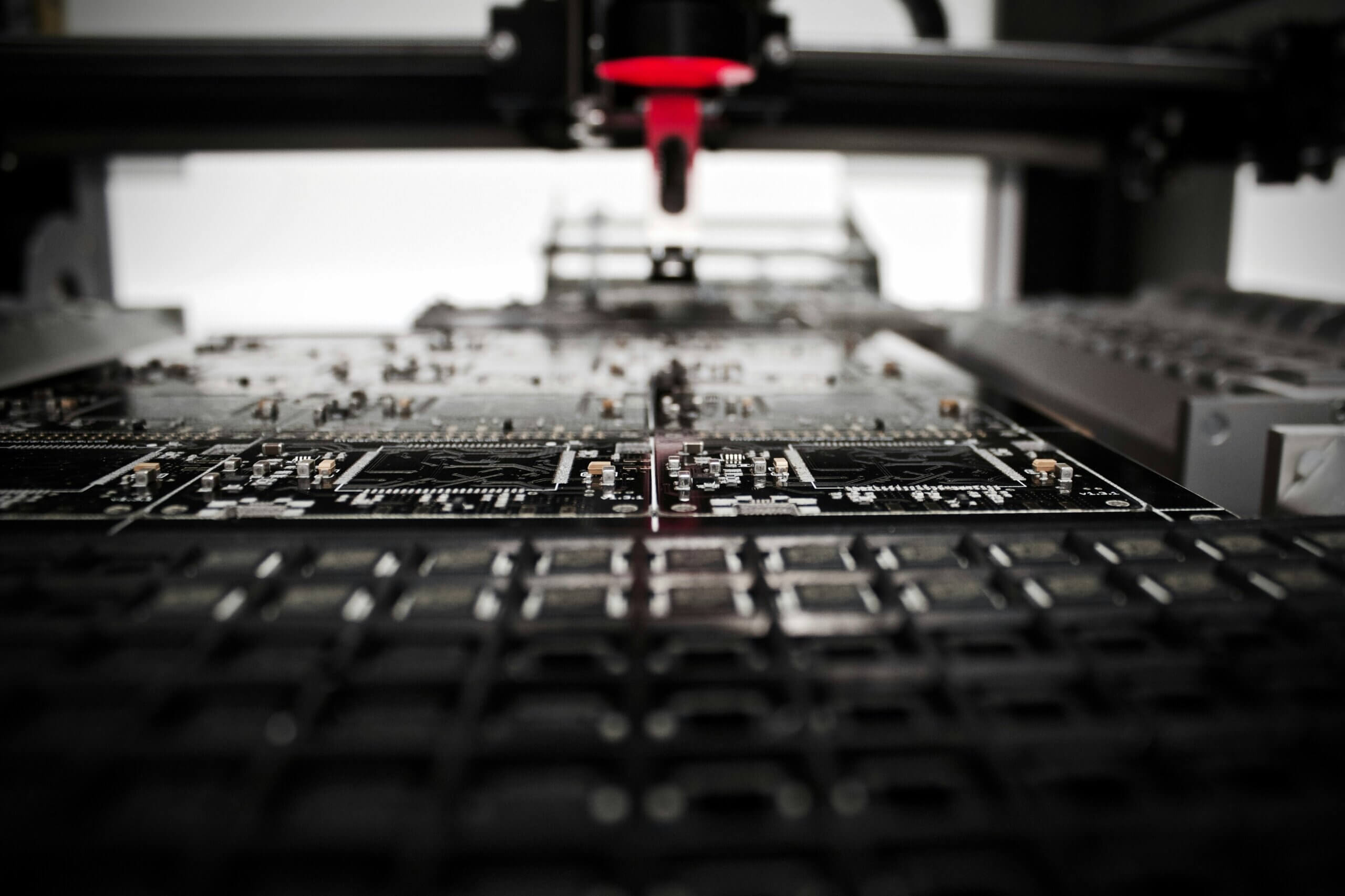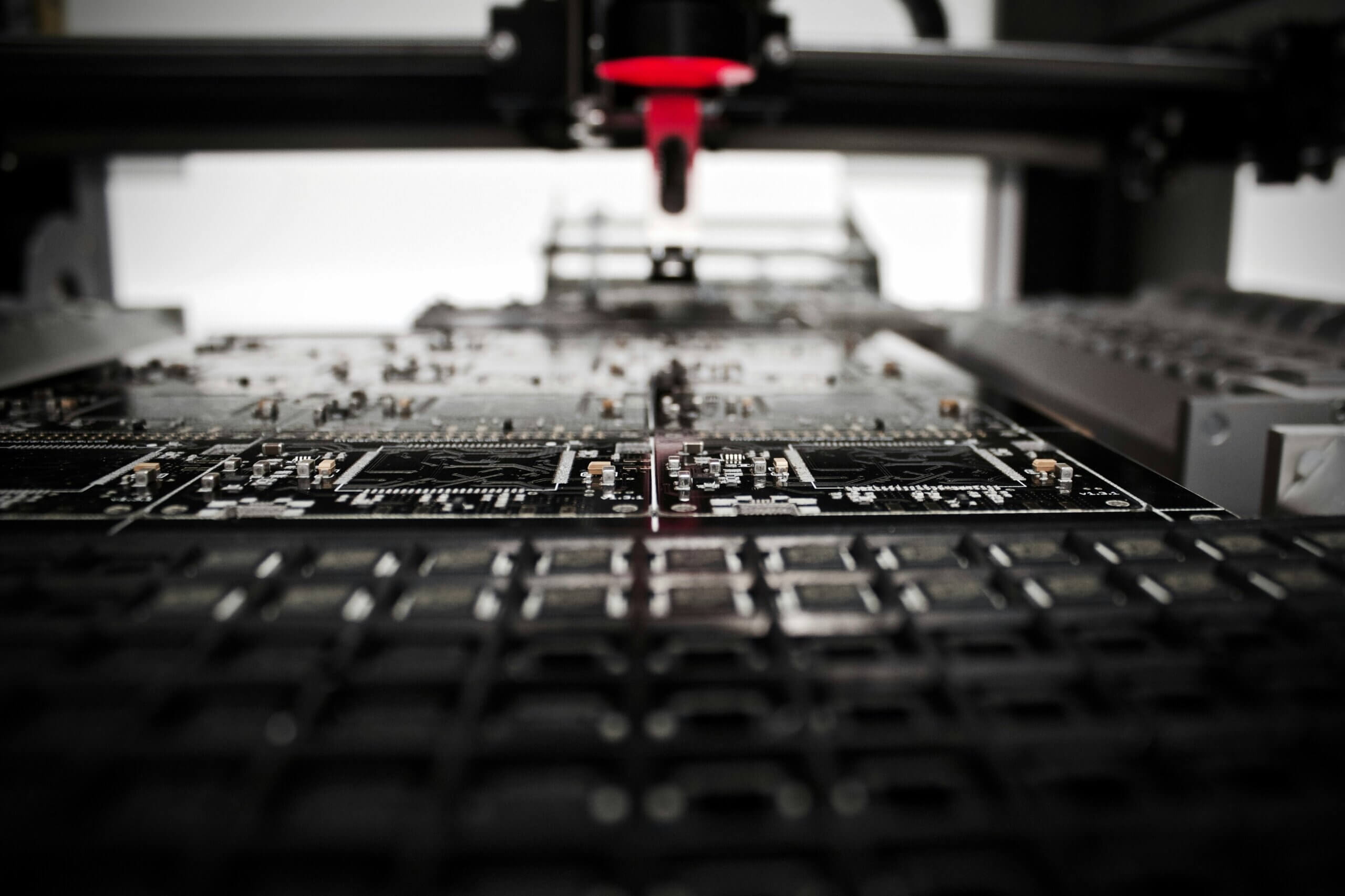Welcome to a/symmetric, our weekly newsletter. Each week, we bring you news and analysis on the global industrial contest, where production is power and competition is (often) asymmetric.
This week:
- Critical technologies lists only tell part of the story. They don’t reflect the full scope of the global industrial competition, including low(er)-tech know-how, upstream inputs, market applications that bring sales and profits.
- Weekly Links Round-Up: Australia dubs nickel a critical mineral, US solar generation set to surge, hidden risks in semiconductor dependencies, and the Chinese EV supply chain heads to Mexico.
What critical technologies lists can’t and can’t tell us
The White House this week released its updated list of critical and emerging technologies across 18 areas. It is largely similar to the 2022 version, with some minor recategorizations, and features significant overlaps with the EU’s own list of 10 critical technology areas—not surprising given their close transatlantic cooperation on trade and tech.
Both the US and EU’s lists also share similarities with China’s list of strategic emerging industries, as well as a list of 35 “chokehold” technologies published by the state-run Science and Technology Daily in 2018.
While critical and “chokehold” technologies are not exactly the same, for the purposes of a crude comparison, the respective US, EU, and Chinese lists are presented together in the table below. In the section following, we look at the questions that critical technologies lists can’t answer.
What’s missing from critical technologies lists
Identifying critical and emerging technologies helps to highlight areas of importance to national and economic security, emphasizing products and processes that warrant additional protection and investment. But there is also a lot that critical tech lists can’t do and don’t reflect.
At the most basic, critical technologies are the products of an entire innovation and industrial ecosystem. Manufacturing capacity, raw material inputs, linkages between different supply chains, and concrete use cases serving sizeable addressable markets—all are needed to support a critical technology from invention to deployment. It’s hard to capture all that in a single list.
Here are three attributes of industrial competitions that critical technologies lists may not fully reflect:
1. Critical technologies depend on low(er)-tech capabilities
Topping the EU’s list of critical technology areas is advanced semiconductor technologies, including “semiconductor manufacturing equipment at very advanced node sizes.” The US list, meanwhile, includes “beyond CMOS” technologies, which refer to potential future semiconductor technology.
Yet just as critical are lower-end, legacy analog chips. While these only account for about 15% of global semiconductor sales, they are crucial for a wide range of applications like automotives, computer vision, industrial automation, and communications—many of which are themselves considered critical technologies. And China sees opportunities in analog chips: not just to achieve breakthroughs in a relatively scattered market, but potentially to wipe out competitors by flooding the market with supplies.
Solar panels are another example. They are regarded as critical technologies by both the US and EU. One reason why China was able to so quickly scale its solar production was thanks to an existing base of electronics manufacturers who could shift to making silicon wafers, writes Chinese supply chain expert Lin Xueping in his book, Supply Chain Attack and Defense:
“Without the support of these suppliers, even RCA, Boeing, and IBM, which had great advantages in early photovoltaic design, could only be eliminated from the photovoltaic industry later.”
2. Critical technologies depend on upstream inputs
By and large, the US and EU critical technologies list focus on downstream products: batteries vice the minerals that power them, and additive manufacturing vice the metal powders used in 3D printing, for example. This is understandable. After all, we are talking about lists of critical technologies, not critical materials.
But the point still stands that downstream critical technologies rely on upstream inputs. And China has consistently proven willing and able to leverage upstream advantages for market power.
3. What about applications?
At the opposite end of upstream inputs, further downstream than the critical tech products themselves, are actual applications of the technologies. Applications create demand, which creates markets, which in turn present opportunities to acquire market scale and win market leverage—not to mention revenue and profits with which to fund further technological innovations.
Batteries are one example: since 2010, China’s EV market provided vast use cases, enabling iterations and innovations, driving down costs and allowing rapid scaling.
AI presents another example: in an earlier post, we posed the question of whether China may gain an edge in incorporating AI for commercial and industrial uses cases at scale (e.g. autonomous driving and industrial automation) even if supposing it lags in cutting-edge AI research.
Plus, technology applications can be as useful for establishing one’s own market leverage as they are for undermining that of a competitor’s.
To cite Lin’s book again: he notes that China is “severely dependent” on US supplies of Acoustic Doppler Current Profilers (ADCP), which use sound to measure waves and currents. Because the market for ADCPs is small, there is limited commercial incentives for Chinese companies to develop the instrument given the relatively high R&D costs. Lin writes:
“If fishermen are also using [ADCPs] extensively, then this problem can be easily overcome. Therefore, the path to technological breakthrough is not just to exert efforts on the manufacturer side, but to stimulate the infinite power of the application side. If the connection force to downstream users can be established , then the control formed by some ‘chokehold’ companies will be weakened.”
Critical technologies are just one facet of the global tech contest
Today’s global technological competition is fundamentally an industrial one, waged not between individual enterprises or technologies, but entire supply chains.
Innovation and research are important, but so are upstream inputs; a dense network of suppliers with relevant or transferable know-how; and applications that bring sales, profits, and market share. Critical technologies—while yes, critical—are just one facet of the global industrial contest.
Weekly Links Round-Up
️️ Australia classifies nickel as a critical mineral. This would allow the embattled industry to access government loans. The move comes as Australian mining giant BHP faces billions of dollars in write-downs in its nickel operations as prices of the metal slump amid a surge in supply from Indonesia—where 90% of nickel production will come from projects under some Chinese ownership in 2030. (Mining.com, news.com.au)
️️ US solar generation is set to surge this year. 62.8 gigawatts of new utility-scale electric-generating capacity will be added in 2024, 55% more added capacity than in 2023. But can the US break China’s grip on solar? One solar analyst’s take, in light of a controversial solar panel factory in Ohio that is a joint venture with China’s Longi: “Insulating US [solar] factories from Chinese suppliers is pretty much impossible at this point.” (US Energy Information Administration, WSJ, FT)
️️ Unearthing hidden risks in semiconductor dependencies. The US government’s approach to chips has an “over emphasis on promote lines of effort and an under emphasis on protect lines of effort.” This is risky for the US-China semiconductor race: “The sad reality is that dynamism and innovative capacity alone will not win today’s tech battle or the long-term peacetime competition of which it is a part. This battle is as much about supply chains, relative upstream dependencies, and the revenue and “ returns offered by market share metrics in legacy fields as it is about the cutting-edge and winning in patents and performance stats.” (Chip Risk Monitor)️
(Photo by Louis Reed on Unsplash)




